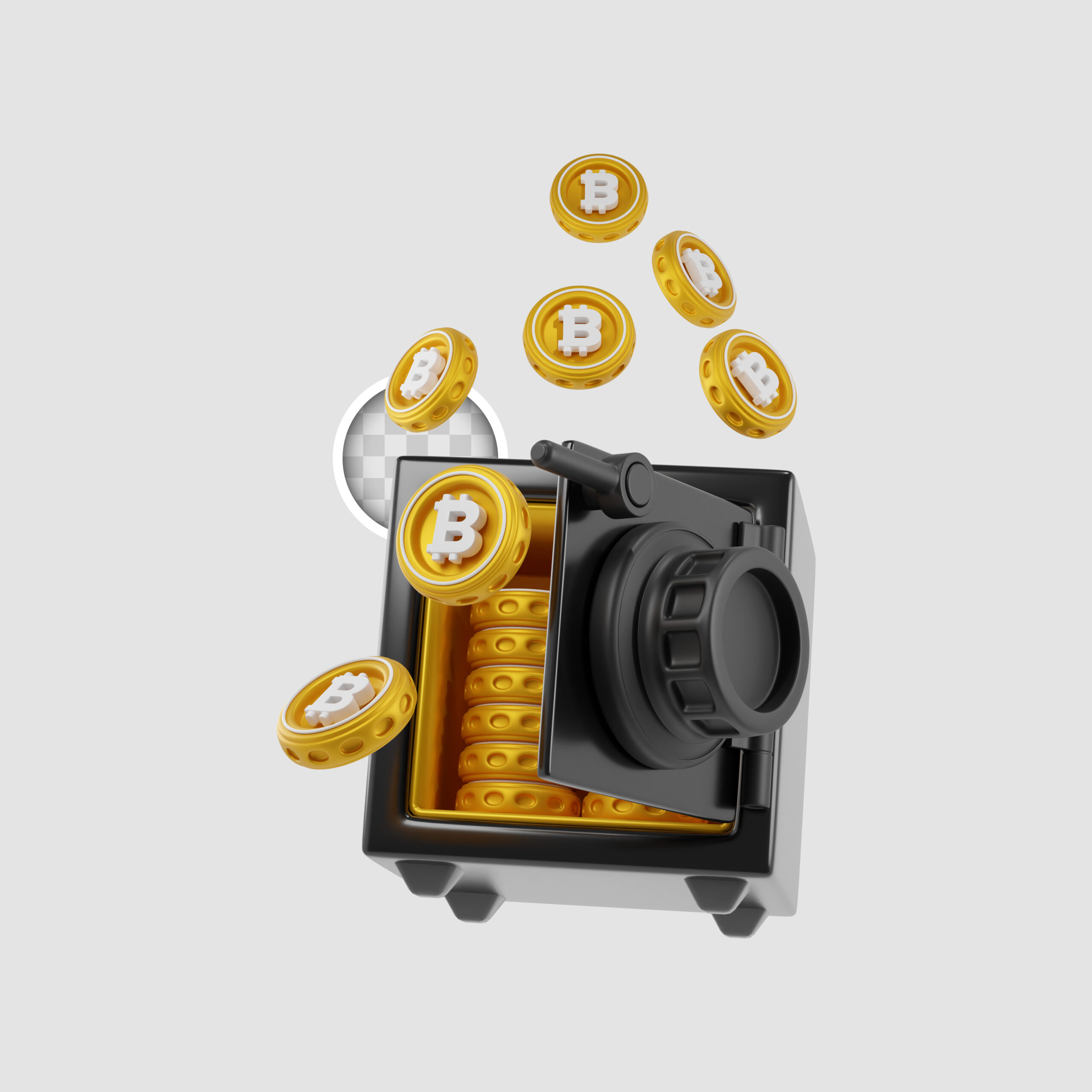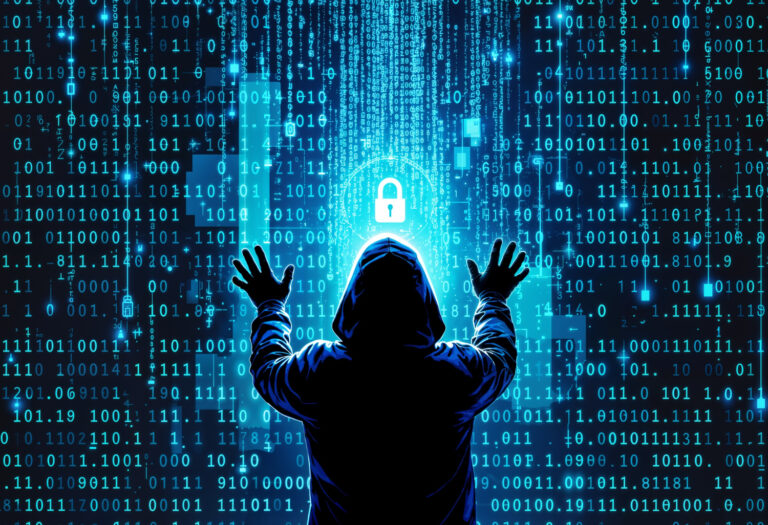How Blockchain is Revolutionizing More Than Just Cryptocurrency
How Blockchain is Revolutionizing More Than Just Cryptocurrency
Blockchain technology is often synonymous with cryptocurrency, particularly Bitcoin and Ethereum. But this association only scratches the surface of its capabilities. In 2025, blockchain has grown far beyond the realm of digital currencies, now acting as a disruptive force across industries like supply chain, healthcare, education, real estate, governance, and even entertainment.
In this post, we’ll explore how blockchain works, dive into its real-world applications outside cryptocurrency, and show how it’s creating a new standard for trust, transparency, and security.
What is Blockchain?
At its core, a blockchain is a decentralized digital ledger that records transactions across a distributed network of computers. Each transaction is stored in a “block,” and once verified, it’s added to a “chain” of previous records — hence the name.
Key Features of Blockchain:
-
Decentralized: No single entity controls the data.
-
Immutable: Once data is recorded, it cannot be changed or deleted.
-
Transparent: All network participants can verify transactions.
-
Secure: Uses cryptography and consensus algorithms like Proof of Work (PoW) or Proof of Stake (PoS).
For a deeper understanding of how blockchain works, this beginner’s guide by IBM is a great place to start.
Beyond Bitcoin: Real-World Use Cases of Blockchain
1. Supply Chain Transparency
Problem:
Global supply chains are complex, often involving multiple intermediaries, with little visibility for end consumers.
Blockchain Solution:
By recording every transaction and movement on a transparent ledger, blockchain ensures that products — whether they are coffee beans or luxury goods — can be traced from origin to delivery.
✅ Example: IBM Food Trust helps track the origin and freshness of food using blockchain, working with partners like Walmart and Nestlé.
2. Digital Identity Management
Problem:
Passwords are insecure. Personal data is vulnerable to breaches and misuse.
Blockchain Solution:
Blockchain enables self-sovereign identity (SSI), allowing users to own and control their digital identity without relying on centralized databases.
✅ Example: ID2020 is working on digital ID solutions for refugees and underbanked populations using blockchain.
3. Healthcare Records
Problem:
Medical data is often fragmented across multiple systems, making it hard for patients and providers to access comprehensive health information.
Blockchain Solution:
Blockchain can securely store health records, giving patients full access and control while maintaining data privacy.
✅ Example: Medicalchain uses blockchain to create a decentralized electronic health record that can be shared securely between doctors and patients.
4. Smart Contracts
Smart contracts are self-executing agreements with the terms directly written into code. They eliminate intermediaries and execute automatically when conditions are met.
Use Cases:
-
Real estate transactions
-
Insurance claims
-
Automated royalty payments to artists
✅ Example: Ethereum is the most widely used blockchain for building smart contracts.
5. Decentralized Finance (DeFi)
DeFi is an ecosystem of financial applications built on blockchain that operates without banks or traditional financial institutions.
Features:
-
Peer-to-peer lending and borrowing
-
Stablecoins (e.g., USDC)
-
Yield farming and staking
✅ Example: Aave and Compound allow users to lend or borrow crypto assets without intermediaries.
6. Voting Systems
Problem:
Conventional voting methods can be susceptible to fraud, manipulation, and lack of transparency.
Blockchain Solution:
Blockchain-based voting provides a secure, tamper-proof, and verifiable way for people to cast their votes remotely.
✅ Example: Follow My Vote is developing end-to-end verifiable online voting systems using blockchain.
7. Intellectual Property and Copyright Protection
Blockchain helps artists, musicians, writers, and developers protect their creations by timestamping ownership and distribution rights on the blockchain.
✅ Example: Ascribe (now archived) allowed digital creators to register their work and track usage on the blockchain.
8. Real Estate and Land Registry
Blockchain can simplify property sales by removing paperwork and ensuring transparency in title ownership.
✅ Example: Sweden’s land registry authority, Lantmäteriet, has piloted blockchain-based property transactions to reduce fraud and speed up settlements.
9. Education Credentials
Blockchain can verify academic credentials and prevent the forgery of degrees and certificates.
✅ Example: MIT Media Lab issues digital diplomas using a blockchain-based platform called Blockcerts.
10. Energy Trading and Sustainability
Individuals and companies can trade excess solar energy or carbon credits using blockchain in peer-to-peer networks.
✅ Example: Power Ledger allows users to buy and sell renewable energy within their communities.
Advantages of Blockchain Across Industries
-
Enhanced Transparency: All participants have access to the same data in real time.
-
Reduced Costs: Cuts down the need for intermediaries.
-
Improved Security: Strong cryptographic algorithms and decentralized structure.
-
Increased Speed: Automates processes through smart contracts.
-
Global Accessibility: Can serve people with limited access to traditional services.
Challenges of Blockchain Adoption
-
Scalability: Current blockchains struggle with transaction speeds (e.g., Bitcoin processes ~7 transactions per second).
-
Regulatory Uncertainty: Many countries are still defining their approach to blockchain applications.
-
Energy Consumption: Proof-of-Work (PoW) blockchains like Bitcoin are energy-intensive.
-
Complexity: Technical barriers can hinder adoption among non-developers.
What’s Next for Blockchain?
Layer 2 Solutions
To improve speed and scalability, Layer 2 protocols like Polygon and Arbitrum are being developed on top of blockchains like Ethereum.
Enterprise Blockchain
Corporations are increasingly building private blockchains for internal processes — especially in logistics, healthcare, and finance.
Interoperability
Projects like Polkadot and Cosmos aim to connect different blockchains, allowing them to share data and assets seamlessly.
Integration with AI and IoT
Combining blockchain with AI and the Internet of Things will allow more secure data exchanges in smart cities, autonomous vehicles, and edge computing.
How to Learn Blockchain in 2025
Free Courses:
Certifications:
Conclusion
Blockchain is no longer just the backbone of cryptocurrencies — it’s a powerful, disruptive technology reshaping how we share, verify, and trust data across the digital landscape. From healthcare to real estate, voting systems to intellectual property, the applications are vast and transformative.
Understanding the broader potential of blockchain not only positions you at the cutting edge of technology but also opens up opportunities to innovate in virtually any field.






